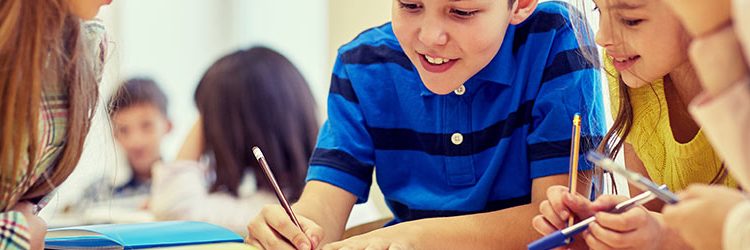
Understanding Different Types Of Children’s Learning Styles
Are you familiar with the term “learning style”? It refers to the way an individual retains information, processes information, and initially learns things. A child’s personal learning style must be figured into their approach—and an instructor’s approach—to education. Some kids learn fast while others need more time. Some are relatively independent once shown the way while others need extended guidance and supervision. Everyone is different. With this post, you will learn more about your child’s preferred learning style by observing them. Eventually, you’ll be able to pick out preferences and strengths that will provide valuable insight into how your child can learn more effectively.
Different Types of Learning Styles
On a basic level, learning styles fall under four categories:
- Kinesthetic – learning through moving the whole body
- Tactile – learning by directly using the hands
- Auditory – learning through hearing
- Visual – learning through seeing (this includes not only what they view but also what they read)
Determining Your Child’s Learning Style
Try focusing on your child’s favorite activities and strengths to identify their learning style. To increase your child’s motivation for learning, figure out what their preferences and interests are. Below are several questions to ask yourself:
- What toys do they prefer?
- Do they like lots of movement or quiet activities?
- Does your child like to draw pictures or read books? Would they rather be told verbally how to do something or shown?
- Is your child active? Do they like to participate in active things and move around?
- Is your child drawn to patterns or numbers?
Learning Style Support
Children are greatly influenced by teachers and parents. To improve how we guide them, we must understand how they learn and support their needs and strengths through early childhood programs.
Here are some suggestions for giving a child what they need, depending on their learning style:
- A myriad of experiences in classroom learning centers that include art, outdoor play, fine motor/manipulative area, block/building area, reading corner, etc.
- Group music and group circle time
- Adequate lengths of time allotted for movement
Here’s a great way to help your child with their education, regardless of their specific learning style…
Count on JEI Learning Centers For Learning Opportunities
Standardized education may not take into consideration your child’s individual needs. Therefore, effort must be made to cater to your child’s unique learning styles and preferences.
This is what we aim to do at JEI. We take a child’s natural abilities and combine them with their infinite potential and the right educational environment to achieve a result that will make both the child and parent proud.Contact us today to find out more about our JEI Self-Learning Method®.


